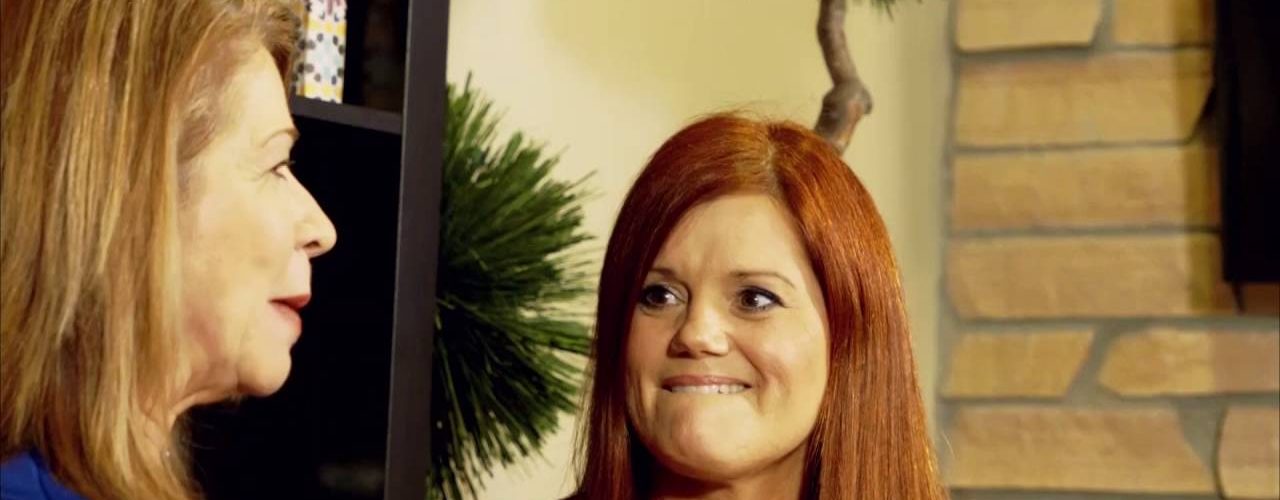
Dr. Lori C. Ebert (Sextacular) and Dianemarie (DM) Collins, host of The DM Zone, engage with a live online audience in a live, streaming Town Hall broadcast discussing the movie/novel “Fifty Shades of Grey.” Lots of content here including a couple of off-site interviews as well as questions from viewers via Facebook and Twitter.
Production Notes: The Town Hall was produced by Douglas Collins who also directed the production, designed the virtual set, and ran the NewTek TriCaster. The interviewer was Dianemarie (DM) Collins, host of The DM Zone, and the camera crew included Abdu Dandridge and Alex Gomez. Shot in Doug’s greenscreen studio in Scottsdale, Arizona. This town hall meeting was streamed via Livestream using the LTN Global Network and the features of the TriCaster. Live texting was available via Twitter and Facebook using a series of hashtags.
There is a line between dominance and abuse — and ‘Fifty Shades of Grey’ is blurring it
It’s a fairy tale to believe you can turn your abuser into someone who cares about consent. – By Leslie Morgan Steiner
Erotic subservience requires mutual agreement and trust between partners. The “Fifty Shades” plot includes a contract between Christian Grey and Anastasia Steele, outlining the types of BDSM that are, and are not, acceptable to her. In abusive relationships, real trust is impossible; consent is never given, either implicitly or explicitly. Thus the pain is never voluntary, as it is in BDSM relationships. The idea that women find non-consensual abuse erotic is a myth reinforced by fantasy porn and by a widespread misunderstanding of relationship abuse.
Neither the “Fifty Shades” books nor the movie ever get to the most vexing relationship conundrum: How do you find yourself again after losing your identity in a romantic relationship? And how do you avoid losing yourself in the first place? For survivors of psychological and physical exploitation, life after abuse is all about learning to trust yourself again. It took me years to let myself off the hook for marrying a man who, before we even got engaged, established limits for my skirt lengths and makeup application. To trust yourself that you’ll never get into an abusive relationship again, you need complete self-acceptance to admit you ignored the warning signs of abuse and voluntarily participated in the dance of repeat betrayal.
Consistent with its unusual mix of erotic and idiotic, the “Fifty Shades of Grey” trilogy ends with Ana and Christian’s happily-every-after marriage and vanilla sex – unlike real life, where most abusive relationships end with protective orders, blocked cellphone numbers, drawn-out court battles over children, or in the worst cases, death. The one thing the “Fifty Shades” plot has most in common with real-life abuse is its ability to present a psychological con as true love. Some viewers, like some abuse victims, have trouble discerning between delusional passion and reality. In order to end relationship violence, all of us – victims, perpetrators, parents, bystanders, lawmakers and moviemakers – have an obligation to destroy the myth that physical or psychological abuse ever plays a legitimate role in romantic or sexual realities.



